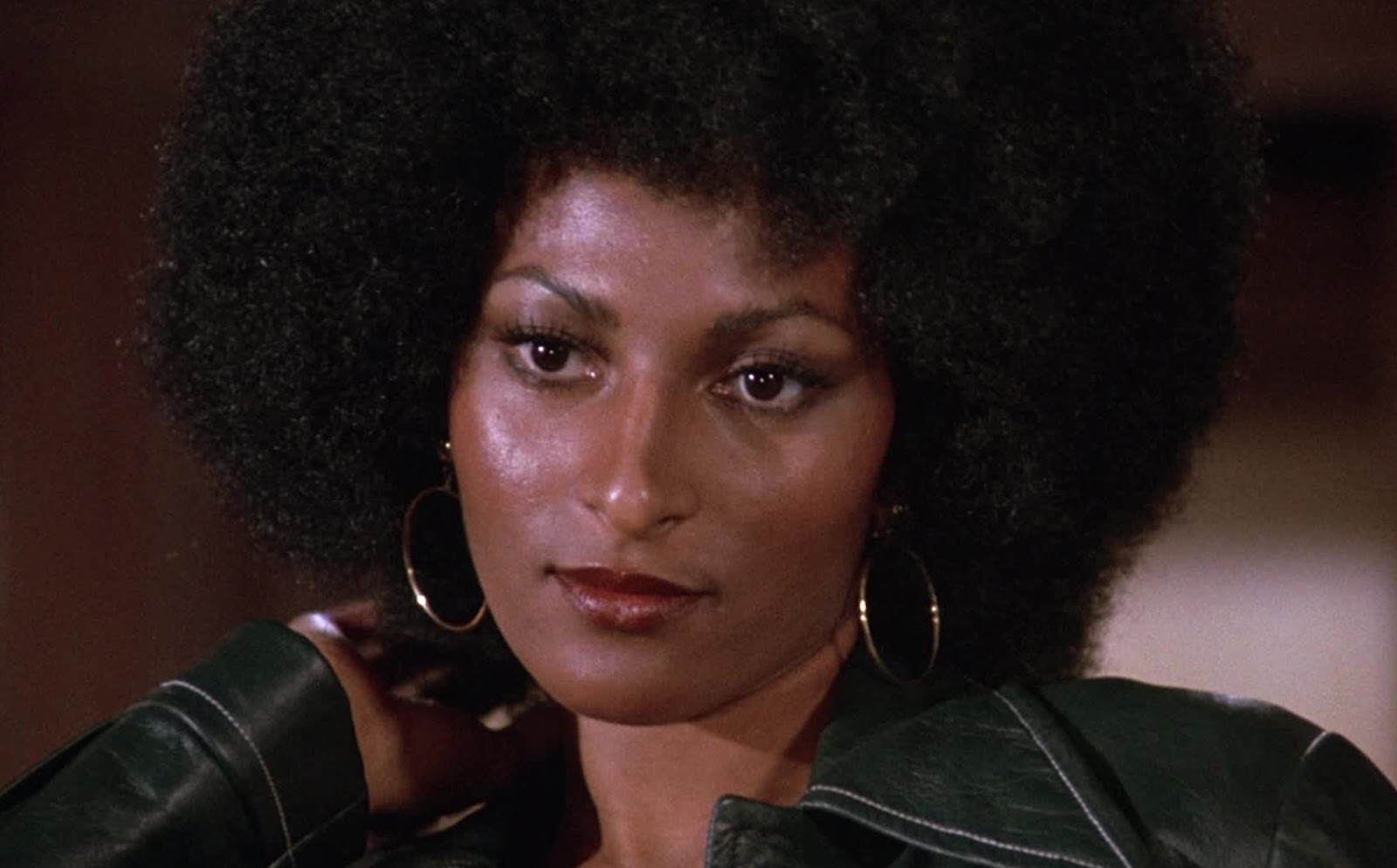Year: 1977
Director: Dario Argento
Screenplay: Dario Argento and Daria Nicolodi
Starring: Jessica Harper, Stefania Casini, Flavio Bucci, Miguel Bosé, Barbara Magnolfi, Susanna Javicoli, Eva Axén, Alida Valli, Joan Bennett
Running Time: 99 minutes
Genre: Horror
American ballet student Suzy Bannion (Harper) arrives at a prestigious German dance school, Tanz Akademie. On the night she arrives, a fellow student is brutally murdered. As Suzy settles in to the strange academy, a series of bizarre and disturbing events occur, leading her to the conclusion that the school is a front for a murderous coven of witches.
"Bad luck is not brought on by broken mirrors, but by broken minds."
Italian director Dario Argento is arguably the most influential Italian horror filmmaker. Starting out as a film critic, and then working as a screenwriter, including working with Sergio Leone and Bernardo Bertolucci on the script for Once upon a Time in the West (1969), before making his name as a director with a series of influential giallo films (a popular mix of horror and thriller, which were forerunners of the American "slasher" films). Suspiria, co-written with Daria Nicolodi, with whom Argento was in a romantic relationship at the time, and who had previously starred in Argento's film Deep Red (1975), marked Argento's first foray into supernatural horror. The film was partly inspired by Thomas De Quincey's 1845 essay Suspiria de Profundis, and marked the first of a trilogy known as the "Three Mothers Trilogy" continuing with Inferno (1980) and concluding with Mother of Tears (2007). While this is Argento's first foray into fantasy, it still has elements of his giallo work: a black-gloved killer, elaborate and gruesome death scenes, and the plot point of the lead character hearing or witnessing an important clue early in the film, which she only remembers or understands the full significance of towards the end. Right form the start the film opens with deafening, genuinely disturbing music from rock band Goblin, which mixes atonal rock, a kind of nightmare lullaby, and distorted human voices (including Argento himself) shrieking "Witch!" The film itself doesn't appear to take place in any recognisable real world, with lurid colours, skewed angles, sudden cuts, a swooping, mobile camera, even something as simple as an airport's automatic door opening seems loaded with dread. The interior of the academy itself with brightly coloured rooms, in which everything seems slightly hostile and alien, becomes like another character in the film. The dialogue has the strange stilted delivery common in many Argento films, due in part to the fact that the dialogue was dubbed after filming, which was common practice in Italian film at the time, but that accentuates the oddness of the thing, and makes the film more alien. Pale, wide-eyed Jessica Harper walks through the whole film like she is in a nightmare. Argento has never really had much interest in the niceties of logic and plot, and this is one of the times where this approach really works for the material, It is like a nightmare and so follows a strange kind of dream logic, and so it is Argento's finest work.
Jessica Harper in Suspiria











